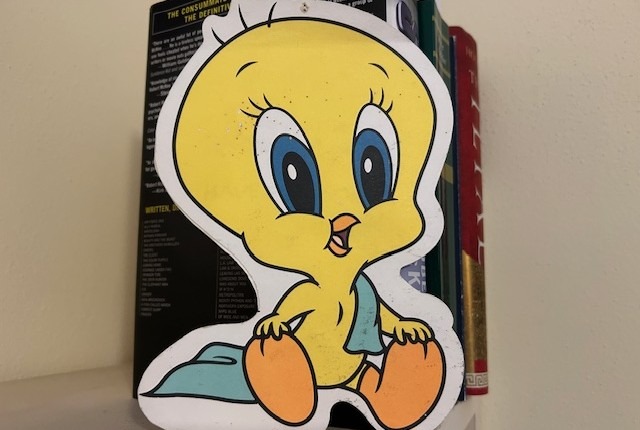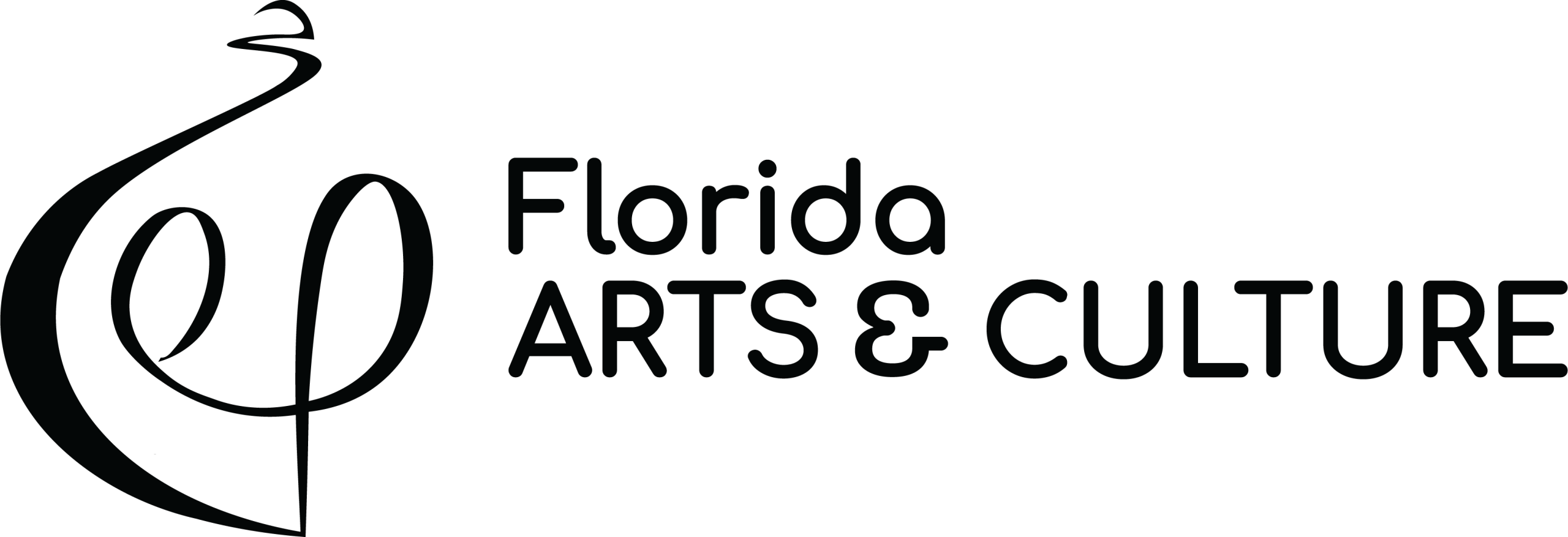Not Just a Decoration
The comma, that is. Commas, and punctuation in general, confuse many people. Maybe that’s why students and some writers avoid using them. I’ve been seeing more errors than I expect in self-published work that I’ve been asked to read and review. When I was teaching face-to-face writing classes (before Covid), periodically I’d post a magnetized cardboard cartoon of Tweety on the whiteboard. That was a signal that we’d spend time developing the skills of editing and proofreading. I’d say, “The comma’s not a decoration! It has a purpose.” Some eyes would roll. A few students would smile.
Tweety struck me as a good symbol for proofreading. Those big eyes. Attention to detail. I’d get skeptical looks when I suggested reading copy backwards, from the end to the beginning: a proven strategy. Because audience comprehension matters, the comma gives some guidance about how to read the text. Maybe here the reader should pause. Or maybe the sentence needs more information, an explanation set off by commas. Those who enjoy grammar might add, “The nonrestrictive clause gives more detail but does not modify the essential meaning of the sentence.”
Recently, I read an article in the magazine Poets & Writers that offered advice to authors seeking an agent. One cardinal practice the article emphasized is carefully proofreading the manuscript. Maybe it’s not fun, but it’s essential. To check a manuscript rigorously means taking full responsibility for what we want to say.
Let me offer a thought experiment about punctuation in general: imagine personalizing each element – the way the poet Ted Kooser likes to do with some of his subjects. (https://www.forewordreviews.com/reviews/a-man-with-a-rake/
To illustrate this idea, I suggest thinking first about the comma. To me it carries the same attitude of helpfulness as does a gracious server in a fine restaurant. The dash, perhaps like an impassioned conversationalist, the kind you can’t get away from; the colon, militaristic; the exclamation mark, insistent and to some, even slightly hysterical. And the semi-colon, a sophisticated mark, signals ideas so close in meaning that a period would be too sharp a cut. In a bar, a semi-colon would order a martini.
In this essay, I’ve used many forms of punctuation. I hope I got them all correct. If not, hello Tweety!



